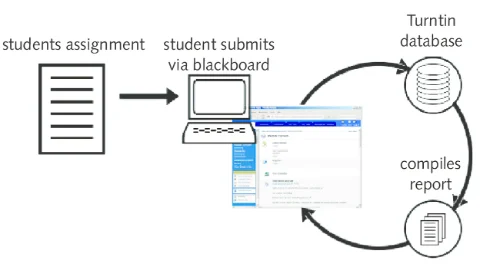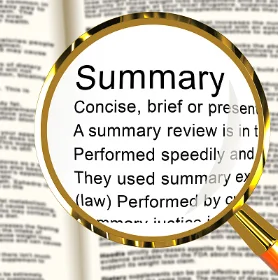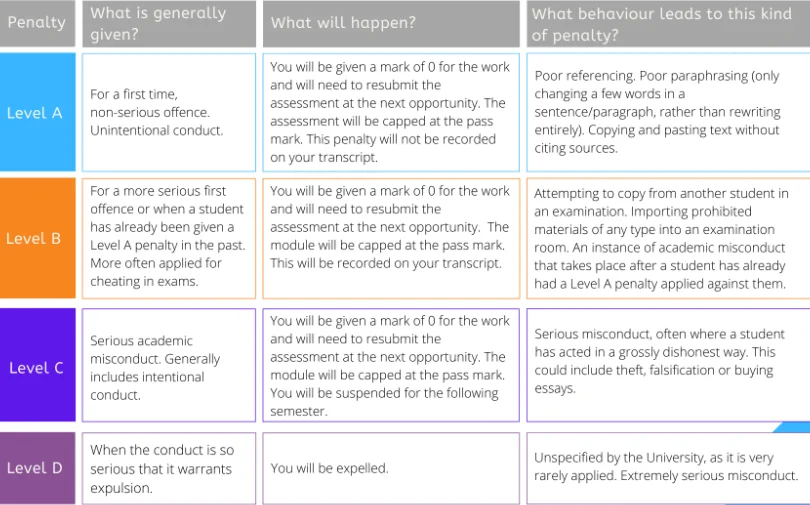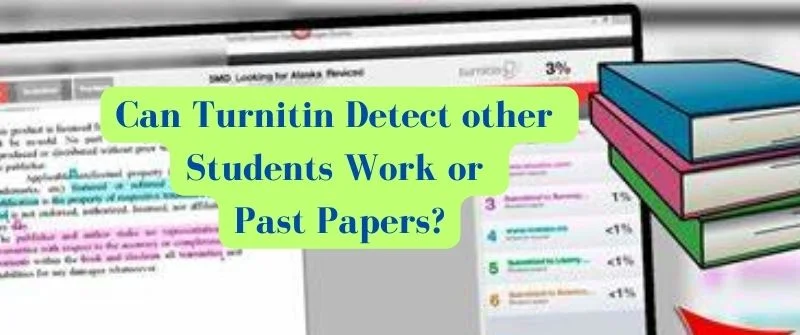Turnitin, a plagiarism detection tool used in educational institutions, can detect similarities between submitted papers and other students’ work, as well as previously published material, including past papers.
We aim to explore how this cutting-edge software can effectively identify similarities between submitted papers and other students’ work and detect matches with past papers and published materials.
Join us as we uncover the significance of Turnitin in maintaining academic integrity and fostering a culture of originality in academic environments.
Can Turnitin Detect Other Students’ Work?

Turnitin checks submitted papers against a massive academic and non-academic content database, which also contains past students’ work.
Turnitin can identify the work of other students. To preserve academic honesty and fight plagiarism, many educational institutions utilize Turnitin software, which detects plagiarism.
Turnitin will provide a similarity report if it determines that a student’s work and other students’ work share similarities. This report will emphasize the matched content and provide a percentage of the content’s similarity.
This tool gives teachers the ability to detect possible instances of academic dishonesty. It motivates students to produce unique work, contributing to the development of a learning environment that is both fair and ethical.
How to Use Other Student’s Work without Turnitin Detection
1. Paraphrase
You must be skilled at paraphrasing to avoid Turnitin detection when using other students’ work. Reword the information carefully, keeping the essential concepts while presenting them in your distinctive manner. It is best to refrain from directly duplicating or recreating the structure.
In addition, combine information from various sources while minimizing the extent to which it is comparable to any one piece of work.
Remember that even text that has been paraphrased needs to have proper citations to prevent being accused of plagiarism. While this strategy might decrease the number of matches found by Turnitin, it is absolutely necessary to give the highest priority to ethical academic practices and produce original work that shows both your understanding and your knowledge.
2. Summarize

One strategy for avoiding detection by Turnitin is to paraphrase other students’ work rather than just duplicate it. Condense the major points and ideas while using a variety of various phrases and structures for your sentences.
Include content from various sources to reduce the likelihood of being accused of plagiarism. Despite this, it is necessary to credit the original author by including the appropriate citations.
Even though this strategy could decrease the risk of discovery, it is critical to prioritize maintaining academic honesty and make every effort to develop genuine and unique information.
3. Rewrite
Another student can use another student’s work without Turnitin raising the alarm if the original text is skillfully rewritten. Reword the information carefully, preserving the core ideas while giving them a fresh and original expression.
It is best to refrain from directly duplicating or recreating the structure. In addition, the incorporation of information from a variety of sources has the potential to reduce similarities with any one particular work.
Nevertheless, it is essential to maintain academic integrity and give credit to the work’s original author by using the appropriate citations. In the context of an academic institution, it is still crucial to emphasize ethical procedures and generate innovative content.
4. Use as an Example
Let’s imagine that when researching your topic, you come across another student’s work that fits it like a glove. Use it as an example while ensuring that your work is completely original to avoid being detected by Turnitin.
To add a personal spin and make it sound more like you, rephrase the main ideas, rewrite some sentences, and add some of your observations. Integrating information from a variety of sources will help reduce instances of similarity.
Always keep in mind the importance of providing citations to attribute credit properly. Maintaining academic honesty and producing original work are vital components of a fruitful educational journey.
Does Turnitin Check Previously Submitted Work?
It compares the text of a new submission against its extensive database, which includes previously submitted papers from various institutions. Yes, Turnitin checks previously submitted work.
This process helps identify similarities or matches with earlier works, ensuring academic integrity and discouraging plagiarism. In addition, it also helps students understand the importance of producing original work and citing sources properly to avoid academic penalties.
Consequences of Using Other Student’s Work

- Academic Penalties: Using another student’s work without proper attribution can lead to severe academic consequences, such as receiving a failing grade on the assignment or the course.
- It may sometimes result in academic probation or expulsion from the educational institution.
- Damage to Reputation: Plagiarism undermines the trust and credibility of a student. It can tarnish their academic reputation among peers, teachers, and future employers, potentially impacting their educational and career opportunities.
- Ethical and Legal Implications: Copying another student’s work violates ethical standards and academic integrity. It may also constitute copyright infringement in certain cases, leading to legal repercussions for the student and potentially affecting their future endeavors.
How Teachers can Catch you Copying Other Students
1. Peers complain
When students’ classmates complain about similarities in their work, teachers can identify pupils copying other students’ work. When many students discover the same content or ideas in separate papers, this should raise suspicions of plagiarism.
In addition, instructors may employ plagiarism detection technologies such as Turnitin to investigate academic dishonesty, locate copied material, and handle it.
2. Teacher Compares the two Files
The direct comparison of the two files allows teachers to identify students copying other students’ work. It is cause for concern if the content of both publications is substantially identical or shares similar themes.
Teachers can spot probable instances of plagiarism and take appropriate actions to ensure academic integrity if they thoroughly examine the submissions and compare them.
3. Plagiarism Scan
A plagiarism scan involves using specialized software or tools like Turnitin to compare the text against a vast academic and non-academic content database, identifying any potential matches or similarities with existing works.
Plagiarism scans are essential in upholding academic integrity and promoting originality among students, researchers, and content creators.
